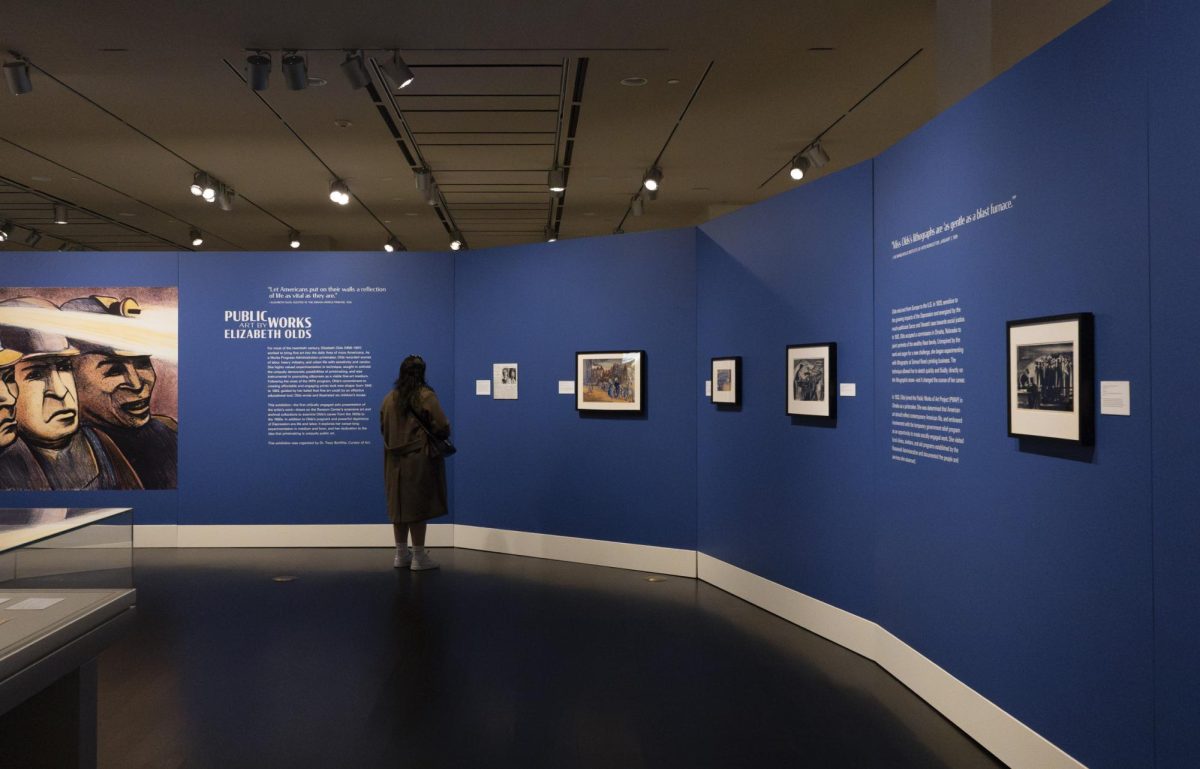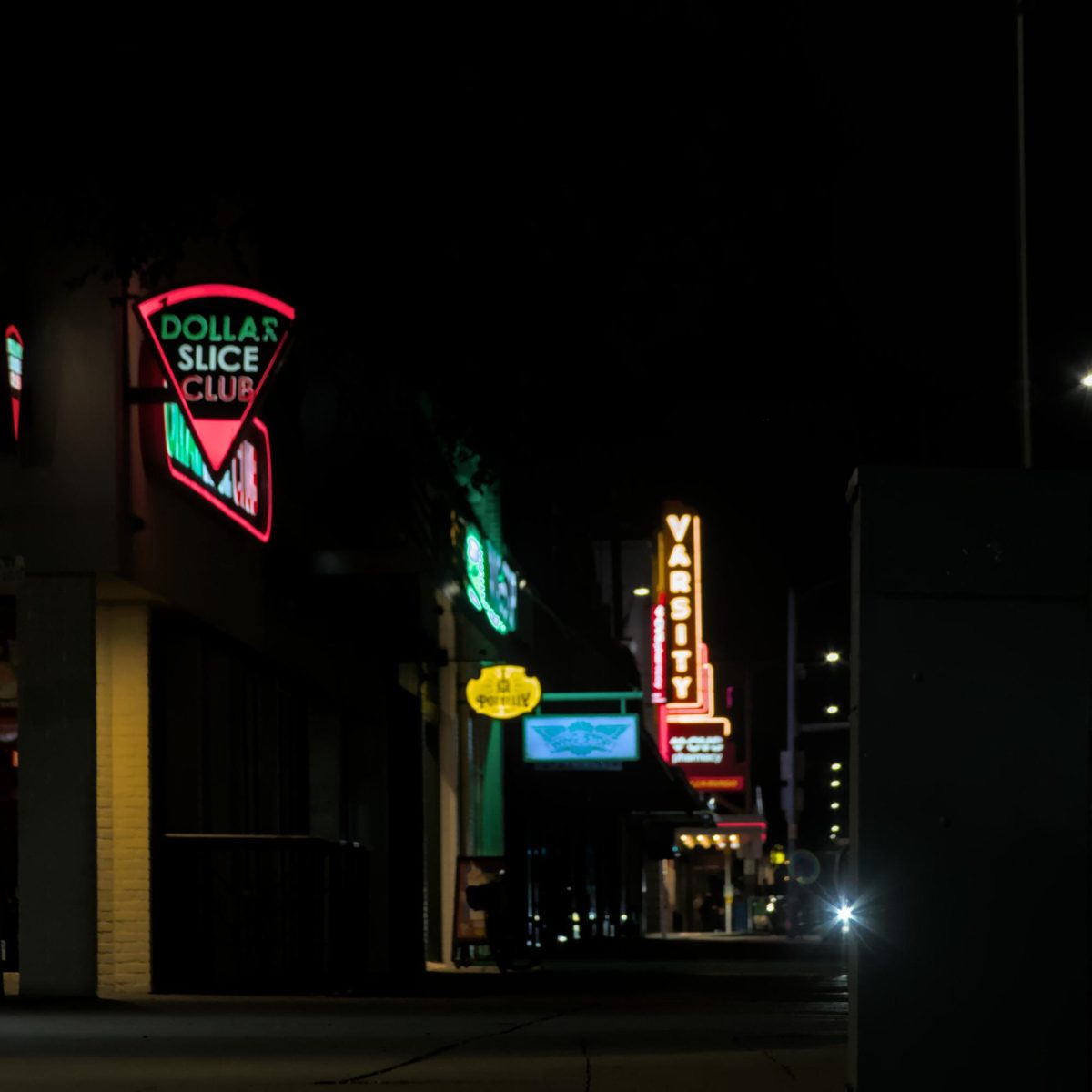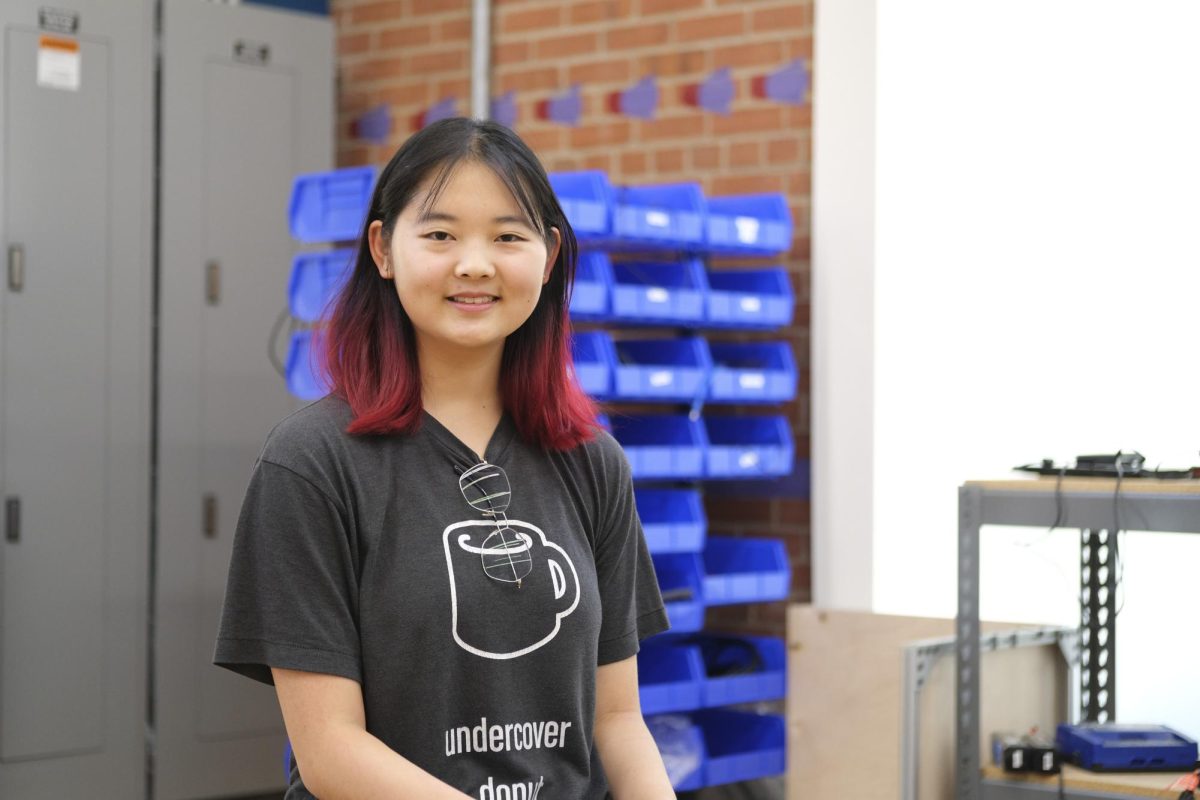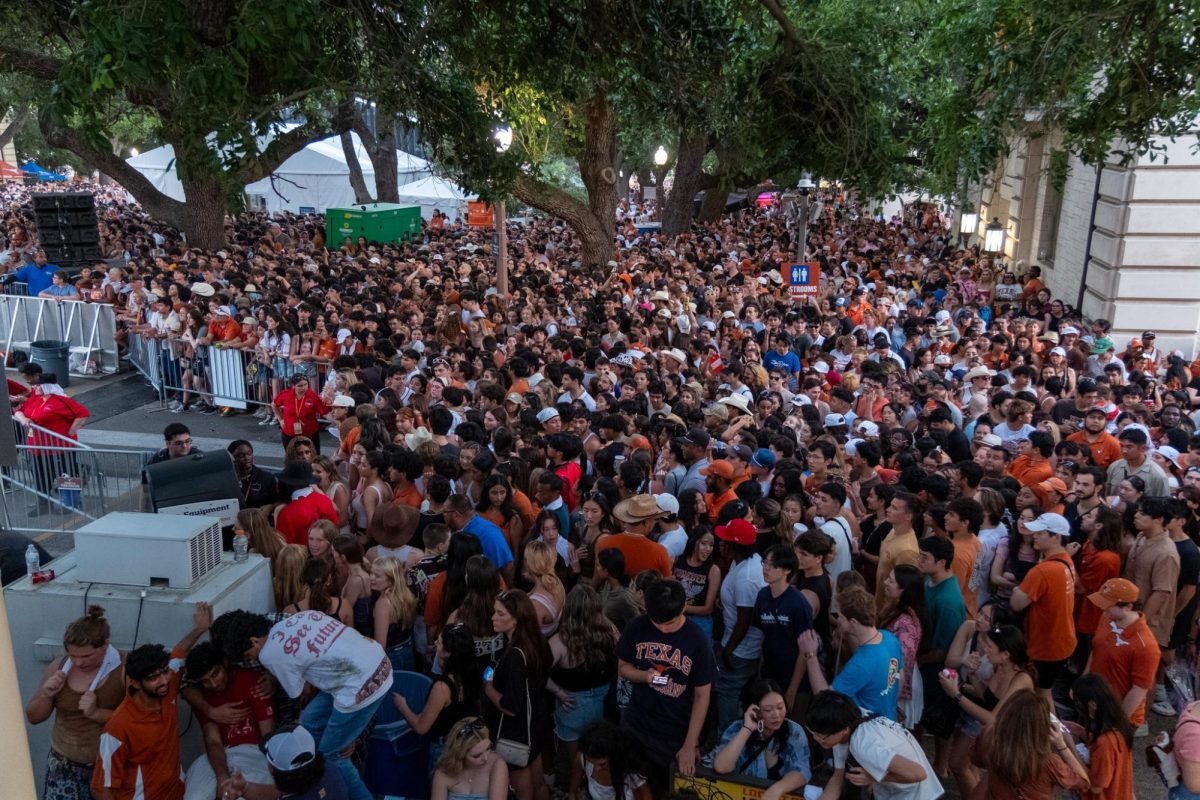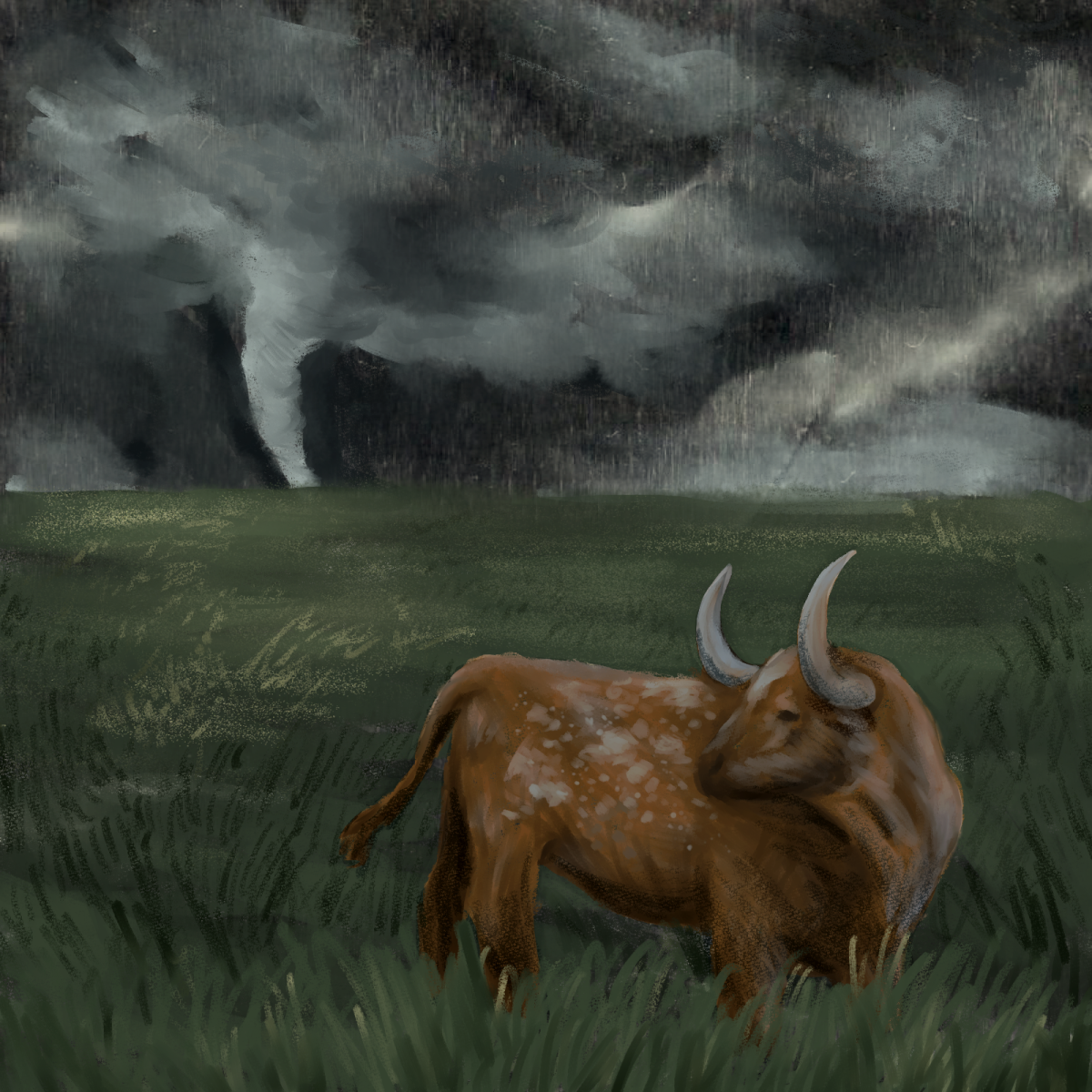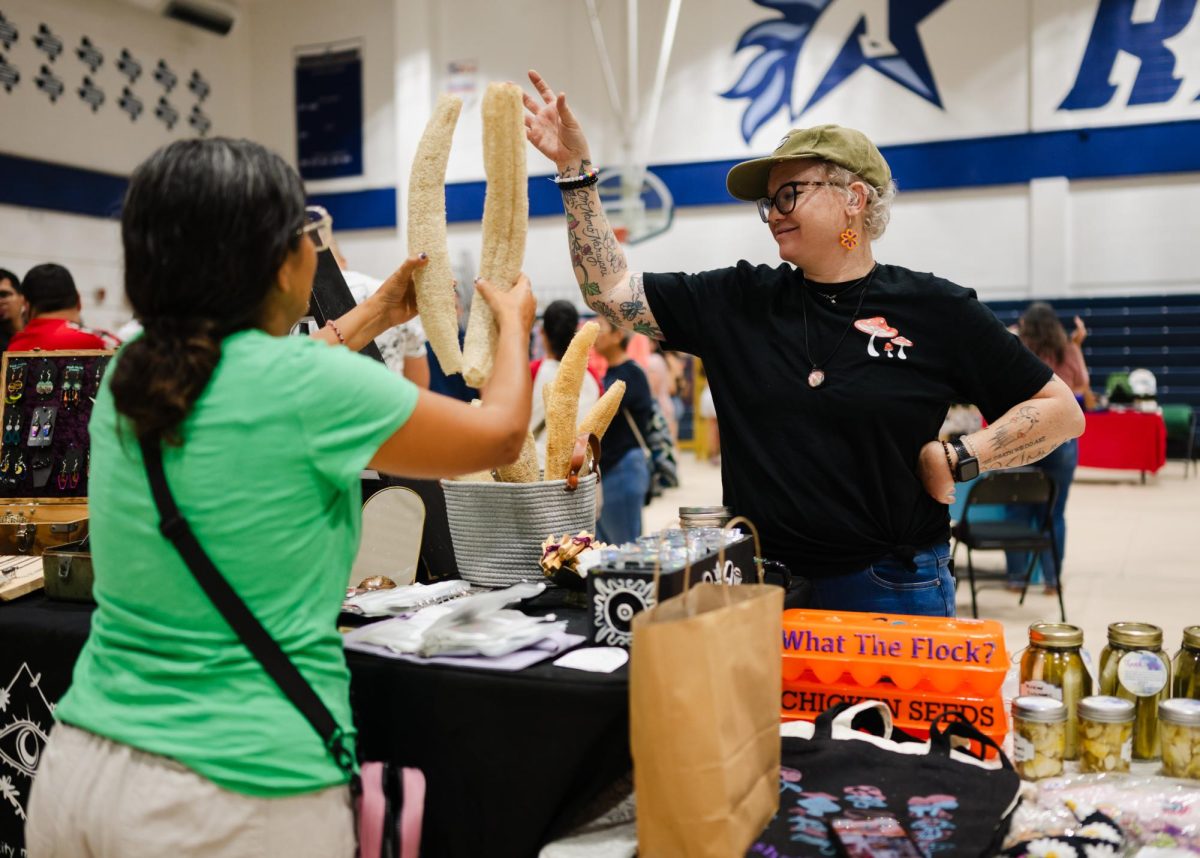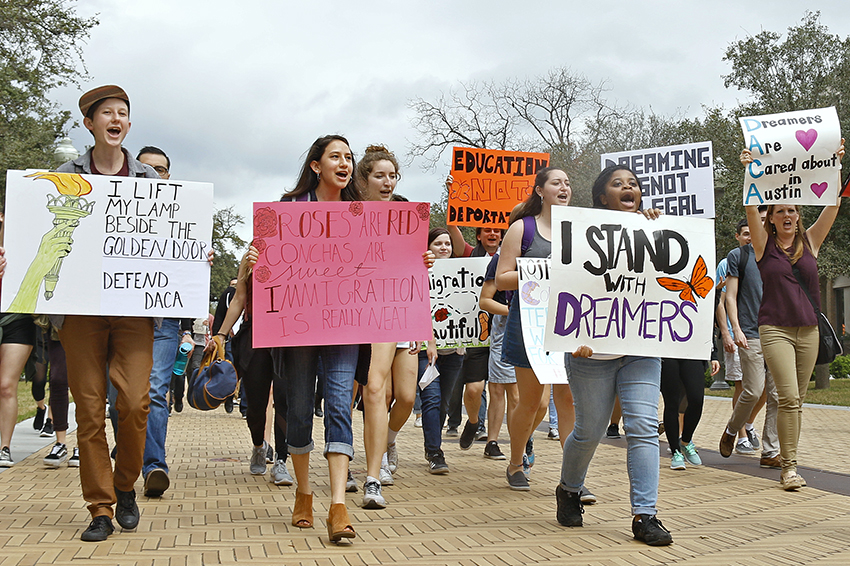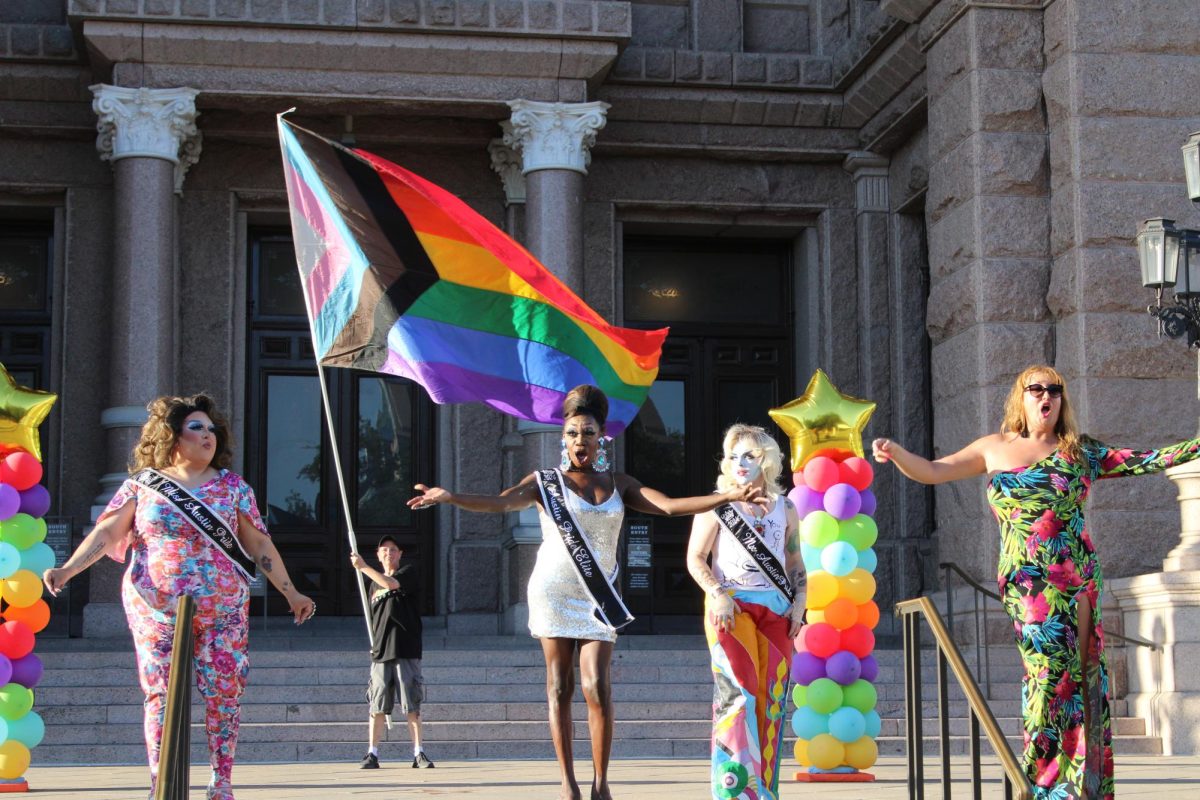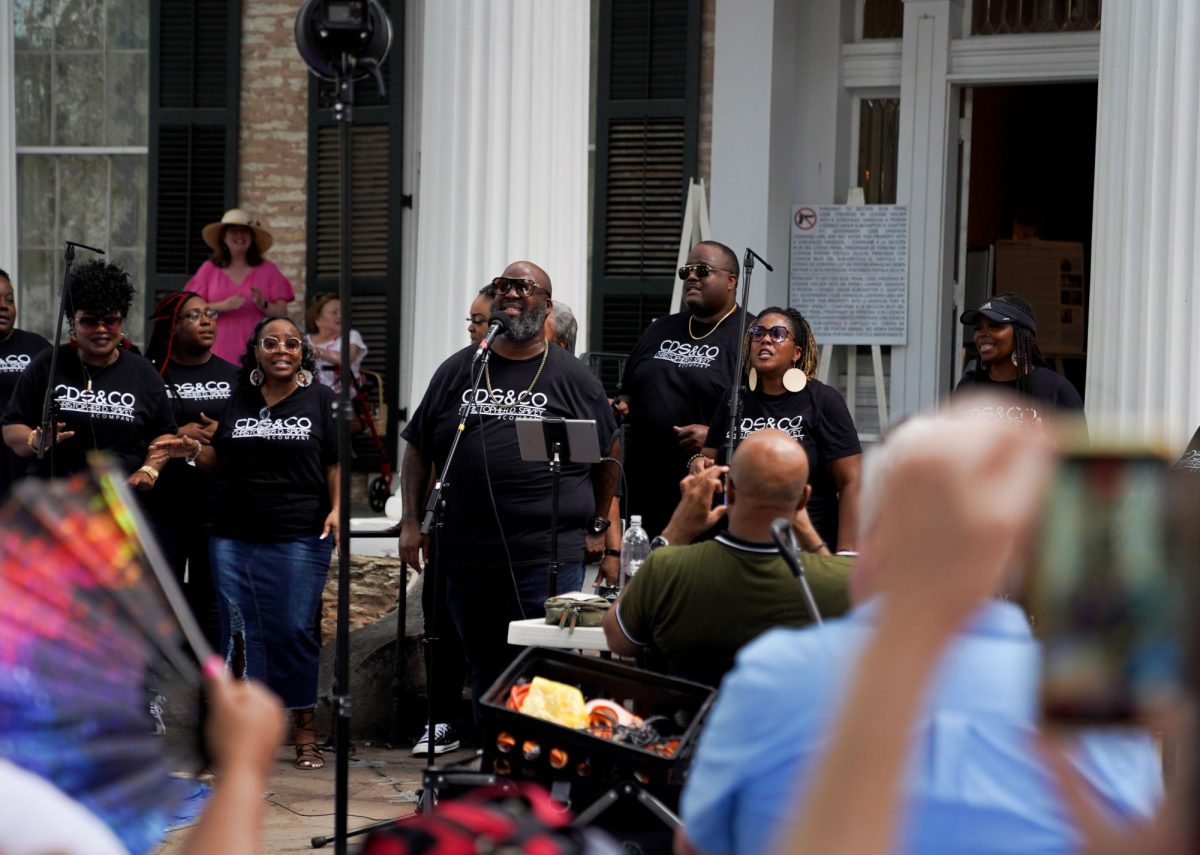The Harry Ransom Center opened a new exhibit titled “Public Works: Art by Elizabeth Olds” on Feb. 3 showcasing her passion for activism and accessible art.
The exhibit features a wide variety of prints, paintings and additional archives from the life of Elizabeth Olds, an artist who specialized in depictions of American life during the Great Depression in a variety of mediums including screen printing, lithography and woodcut.
“The exhibition highlights Olds’s creative process, which provides a unique way of seeing ‘behind the scenes,’ of the ways in which she created her artworks,” Tracy Bonfitto, the Ransom Center’s curator of art, said in an email.
Bonfitto said Olds’ involvement with the Works Progress Administration during the 1930s had a major influence on her work. As an artist and educator for the administration, Olds’ depicted the harsh conditions of steel mills and meatpacking plants, reflecting her commitment to social justice, Bonfitto said.
Olds’ dedication to producing a variety of accessible art throughout the Great Depression serves as an important reminder of her legacy as a political and social artist, Anne Terrill, manager of visitor experience at the Ransom Center, said in an email.
“Because she was so interested in representing her own moment, her career is deeply connected with the politics, economics and cultural life of her time,” Terrill said.
Olds was inspired by the Ashcan School, primarily based in New York City. Ann Reynolds, an associate professor of Art and Art History and Women’s Gender and Sexuality Studies said artists who dominated the art scene in New York from the 1940s to the 1960s were highly inspired by the city.
“The city and its abandoned properties and valueless real estate was really what provided opportunities for artists,” Reynolds said.
Bonfitto said Olds’ portrayal of labor conditions in New York’s factories when it was difficult for any artist to access these sites was unprecedented, especially as a woman. As the first woman to receive the Guggenheim Fellowship – an esteemed award in the fields of education, literature and art – for the visual arts, Bonfitto said Olds had a special ability to incorporate the sociopolitical climate into her work.
“Olds’s approach and practice share similarities with other artists of her time, particularly those based in New York City,” Bonfitto said. “But her sensitivity and candor, as well as her spirit of experimentation, make her unique.”
Editor’s Note: This story has been updated to specify that Olds was the first woman recipient in the visual arts category specifically. The Texan regrets this error.



